The Acropolis Museum is a major archaeological museum below
the south side of the Acropolis that was built to house every artifact found on
the rock and its surrounding slopes, every article that is that remains in
Greece and wasn’t taken elsewhere, such as the famous Elgin Marbles now in the
British Museum that used to grace the Parthenon’s façade. The contents span a huge era of history
ranging from the Greek Bronze Age through the Roman and Byzantine eras, but the
highlights are those from the classical era of fourth and fifth centuries BC
when Athens as a city state and Greek civilization were at their height.
The current museum is an enormous modern building opened in
2009 after several decades in the planning stages. It is now considered a top attraction in
Athens and gets very busy. We visited in
the late afternoon/early evening when the crowds had thinned out somewhat and
the hordes of day trippers on group tours from cruise ships had already
departed. The museum seems well designed
for crowds with a great deal of open space between displayed objects for
circulation.
As is the case elsewhere, most of the top sculptures from
the Acropolis that remain in Greece have been transferred to the museum for
conservation purposes while replicas have replaced them on site. Among the most notable sculpture are five of
the six Caryatids, sculpted female figures that serve are architectural
supports, from the porch of the Erechtheion. The sixth was taken by Lord Elgin
along with the marble friezes and still resides in the British Museum.
The general layout of the museum is pots and shards and
minor statuary, especially works from earlier eras on the ground floor and
sloping entrance to the first floor, major statuary and friezes from early
classical through Roman and Byzantine eras on the first floor, and friezes and
statues from the Parthenon’s façade on the top floor. The views of the Acropolis from the top floor
glass walls and the museum café’s outdoor deck are among the best in the city.

 Athens, Greece
Athens, Greece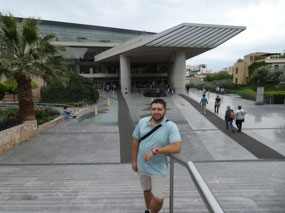
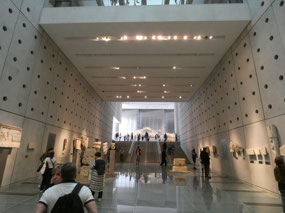



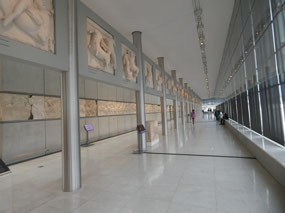
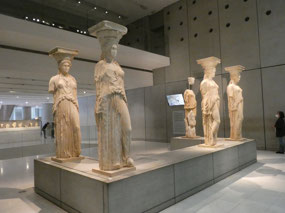
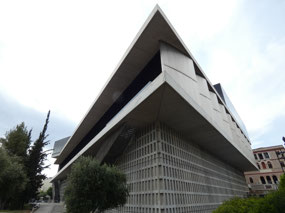
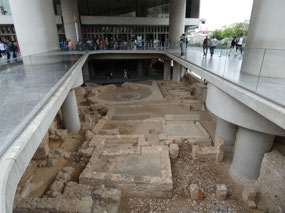
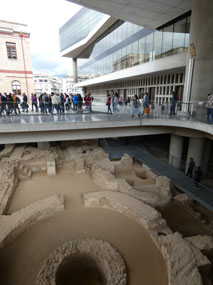
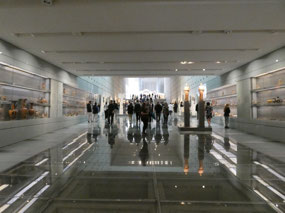
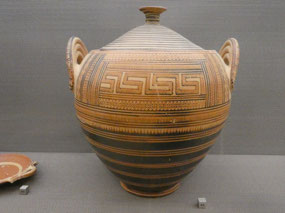

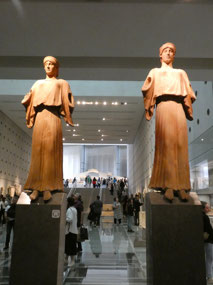

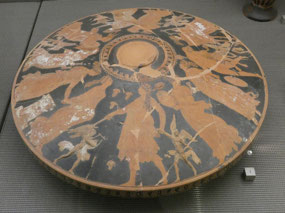
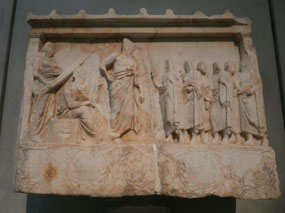
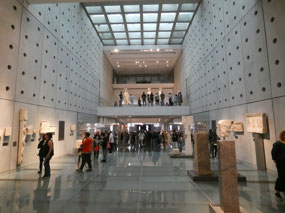

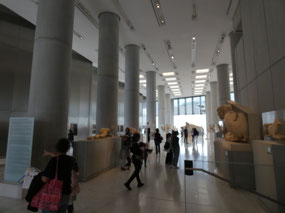
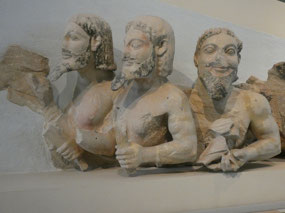

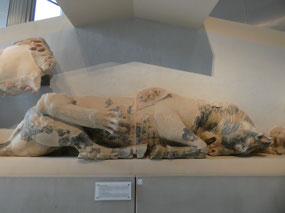
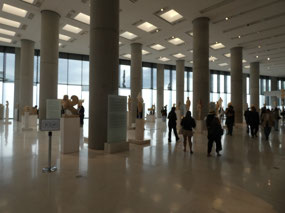
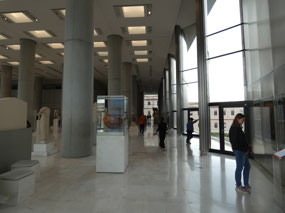
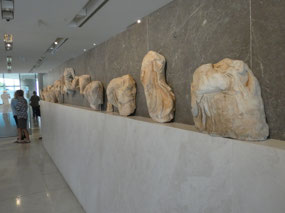
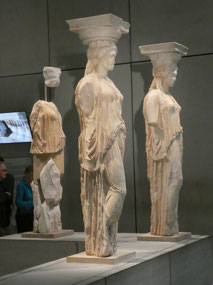
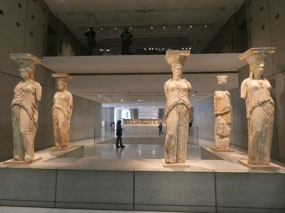

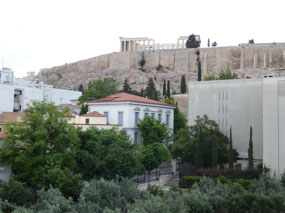



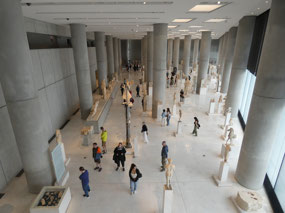
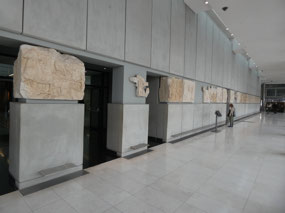
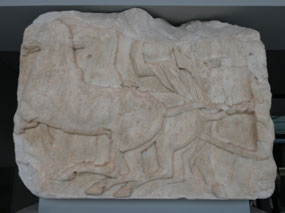
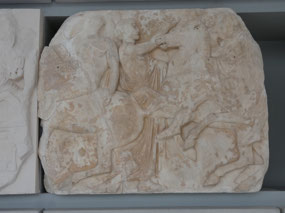


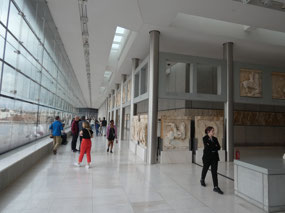
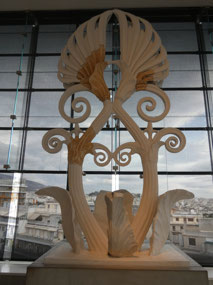
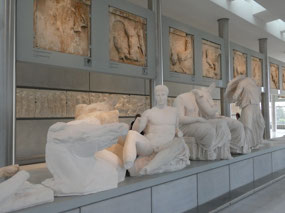
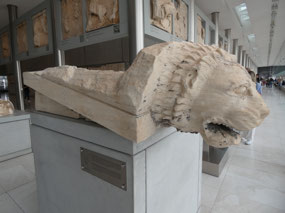
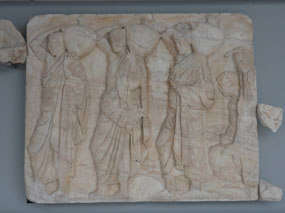
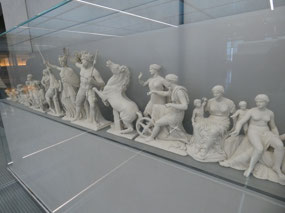
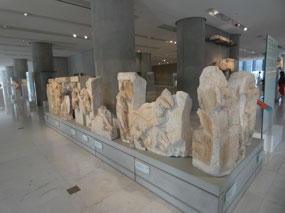
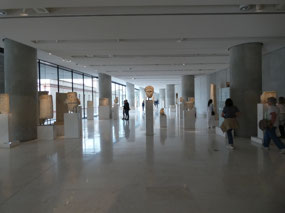
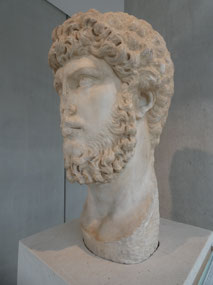
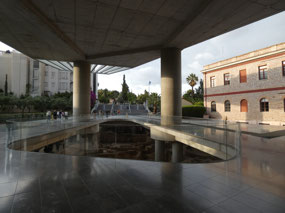
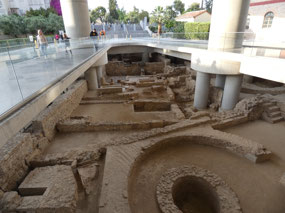
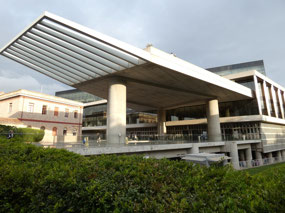
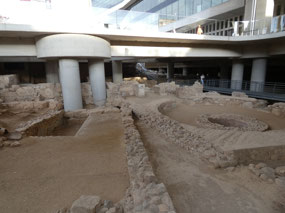
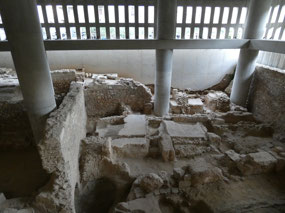
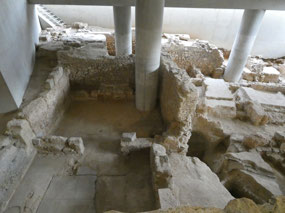
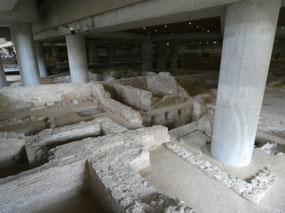
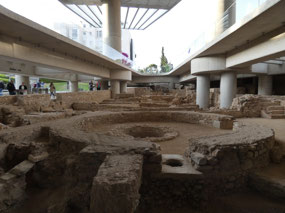
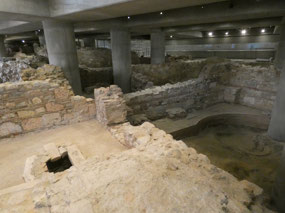
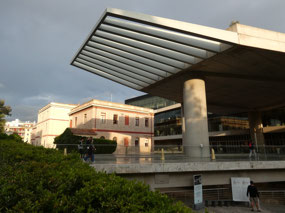
2025-05-23